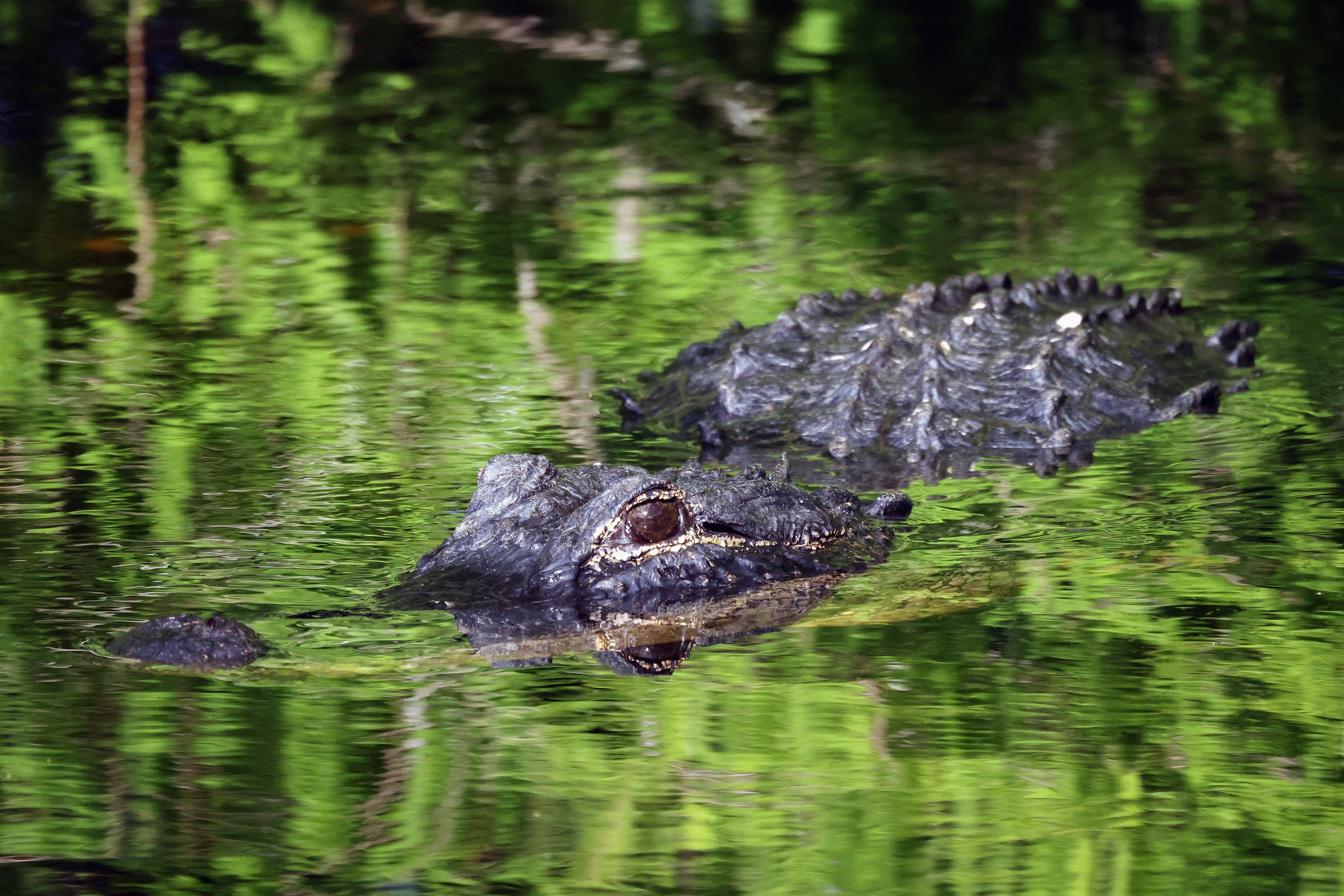The discovery of a new, ferocious dinosaur is helping researchers understand the complex lineages of prehistoric species.
This particular specimen, identified by a piece of jawbone found in present-day Uzbekistan, was a Carcharodontosaurus—a group of terrifying "shark-toothed lizards" that predated the famously-feared Tyrannosaurus.
Discoveries in recent years have shed light on carcharodontosaurs. As National Geographic reported in 2019, these massive, carnivorous dinosaurs were "the top predators for most of the Cretaceous."
The classification was first identified in 1914, when German paleontologist Ernst Stromer found their fossilized, serrated teeth in the Egyptian Sahara. The teeth reminded him of those belonging to a great white shark (of the genus Carcharodon), so he used the fearsome sea creature as the dinosaur's namesake.

In findings published in Royal Society Open Science, researchers have now identified the new species of dinosaur within the Carcharodontosaurus category by looking at the remains of its jawbone. Named Ulughbegsaurus uzbekistanensis, the dino's fossil was discovered in the Bissekty Formation, a site where remains of several other types of dinosaurs have also been uncovered. However, scientists believe that this particular creature was by far the biggest predator in its environment.
According to Live Science, this particular dinosaur measured 26 feet in length and weighed 2,200 pounds. Until this point, the region's top predator was believed to have been the tyrannosaur—and the size disparity between the two species is shocking. The Ulughbegsaurus was twice as long and over five times heavier than tyrannosaurs of the time, making it more likely to have been the ecosystem's apex predator.
Carcharodontosaurs and smaller tyrannosaurs were competitors with one another until the bigger, more dominant tyrannosaurs took over the landscape. And this new discovery helps narrow in on the timeframe when that switch may have occurred: this 90-million-year-old Ulughbegsaurus specimen is the most recent carcharodontosaur known to have been alive at the same time as a tyrannosaur.
"Our discovery indicates carcharodontosaurs were still dominant predators in Asia 90 million years ago," explained Kohei Tanaka, the study's lead researcher, to Live Science.
Eventually, around 80-90 million years ago, carcharodontosaurs went extinct as tyrannosaurs got bigger. But scientists still aren't sure what prompted carcharodontosaurs to lose their dominant status.
As paleontologist Darla Zelenitsky, who also worked on the study, told Smithsonian Magazine, "I think that any finds we can make in or around the 90- to 80-million-year-old window can help shed light on this poorly-known interval of dinosaur-dominated ecosystems."
She added: "We don't know why these dinosaurs lost their place as top predators, but perhaps it was linked to environmental changes that would have altered herbivorous dinosaur communities in or around this window of time."
Uncommon Knowledge
Newsweek is committed to challenging conventional wisdom and finding connections in the search for common ground.
Newsweek is committed to challenging conventional wisdom and finding connections in the search for common ground.





